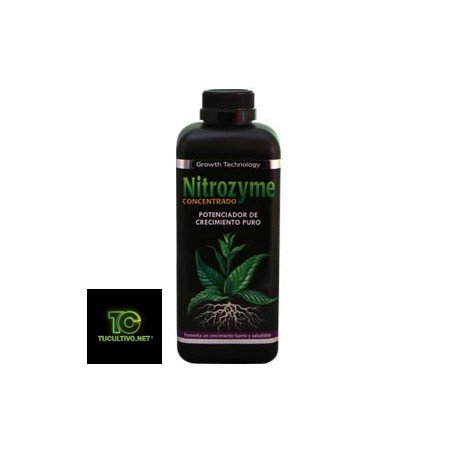
Ionic Coco
About this product
Ionic Coco is a base fertilizer with the right proportions of nutrients for growing in coco. We'll have to combine its use with the rest of components given by the Ionic chart, such as Pk Booster during the bloom.
Quantity:
Sent from
Add to wish list
More product information
Ionic Coco by Growth Technology is a fertilizer we will use a nutritional base for our crops in coco fiber. We'll get amazing productions with this type of growing substrate which is just in between hydroponics and soil. This substrate does not contribute nutrients for the plants but it is the right medium for beneficial microorganism to fix and propagate.
This nutrient base is very easy to absorb and not aggressive at all for our plants when we grow in coco. It has the best mineral ingredients for our plants to assimilate them at full speed.
Use Ionic Coco Grow during the growing stage so that plants develop and grow as strong as possible. We'll swift to Ionic Coco Bloom when we reach the flowering stage to supply plants phosphorous and potassium besides other micro-organisms. It is necessary to add other components in the Ionic chart such as Pk Booster to achieve an explosive fattening of buds.
These are specific nutrients which have been widely researched and are a guarantee of success. All components are 100% soluble in water which enables its use in automatic irrigation systems without causing any problem.
Dosage and instructions for use:
- Add 7ml per liter of irrigation water.
- Measure Ec and pH and correct it if necessary before applying the solution to your plants.
Composition:
Ionic Coco Grow:
NPK 2,1-0,7-2.6
- 2% Nitrogen
- 0,69 Phosphorous
- 2,6% Potassium
- Calcium
- Boron
- Iron
- Copper
- Molybdenum
- Magnesium
- Sulphur
- Cobalt
- Manganese
- Zinc
Enriched with humic and fulvic acids.
Ionic Coco Bloom:
NPK 1,5-1,4-3,1
- 1,5% Nitrogen
- 1,42% Phosphorous
- 3,07% Potassium
- Calcium
- Boron
- Iron
- Copper
- Molybdenum
- Magnesium
- Sulphur
- Cobalt
- Manganese
- Zinc
- Nickel
Enriched with humic and fulvic acids.
Product details
Leave your product review
Products in the SAME CATEGORY


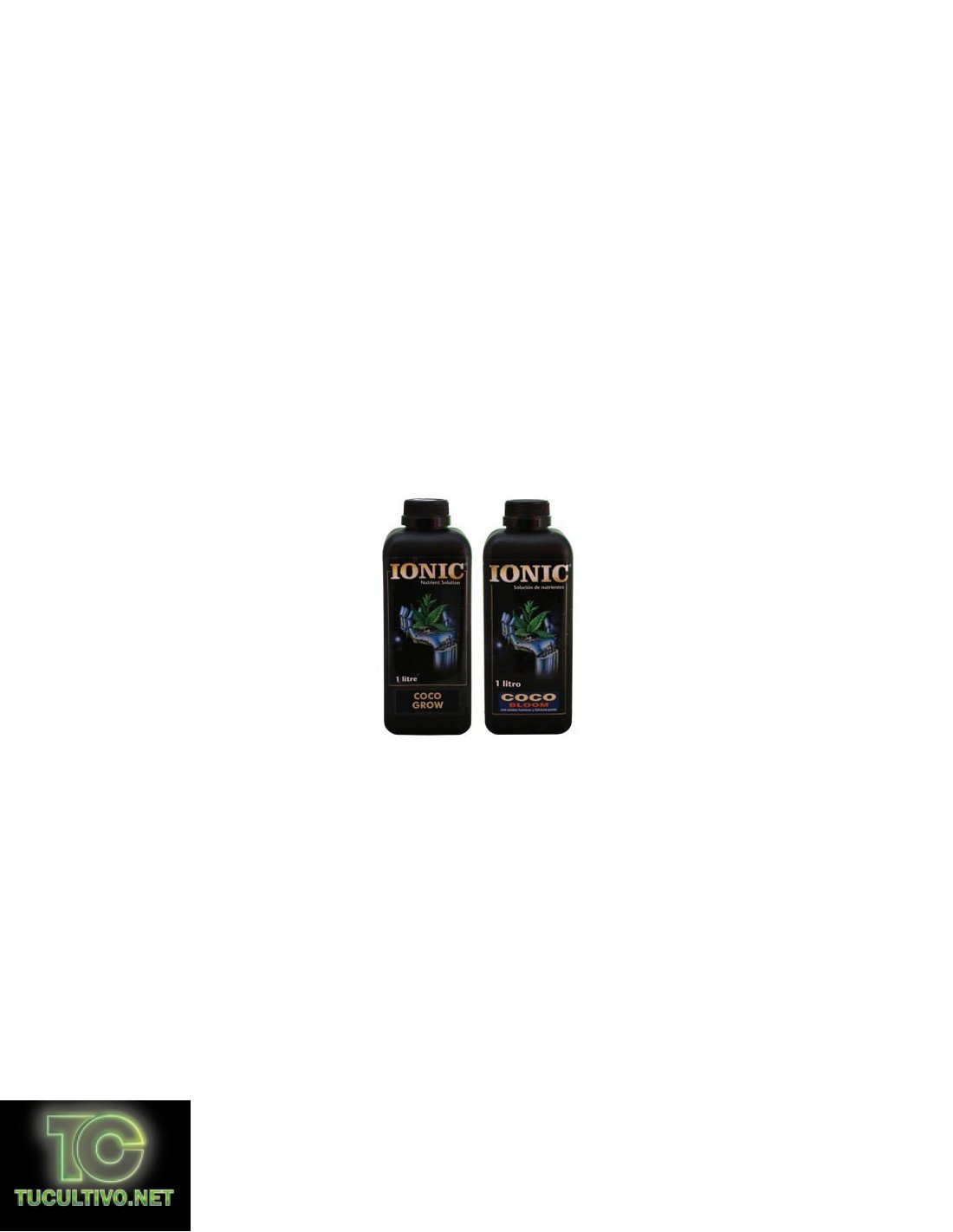

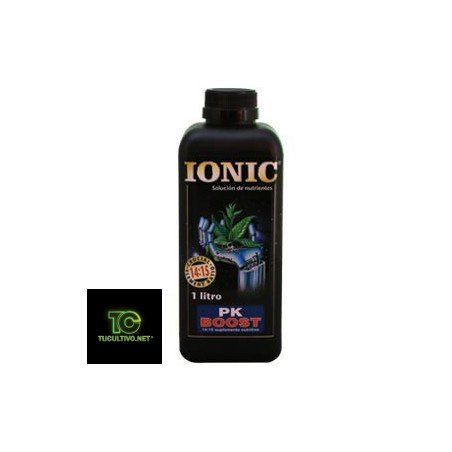

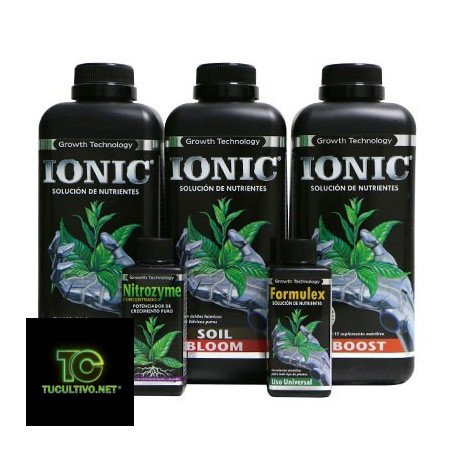



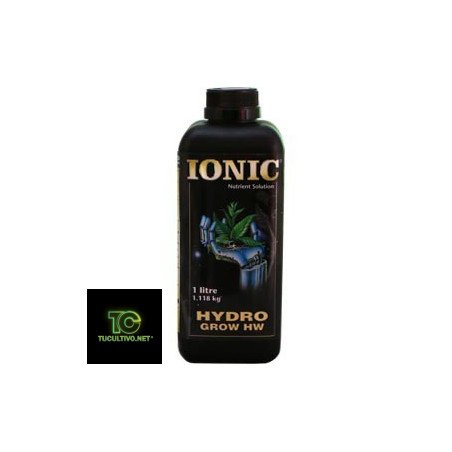
Grade Comments (0)